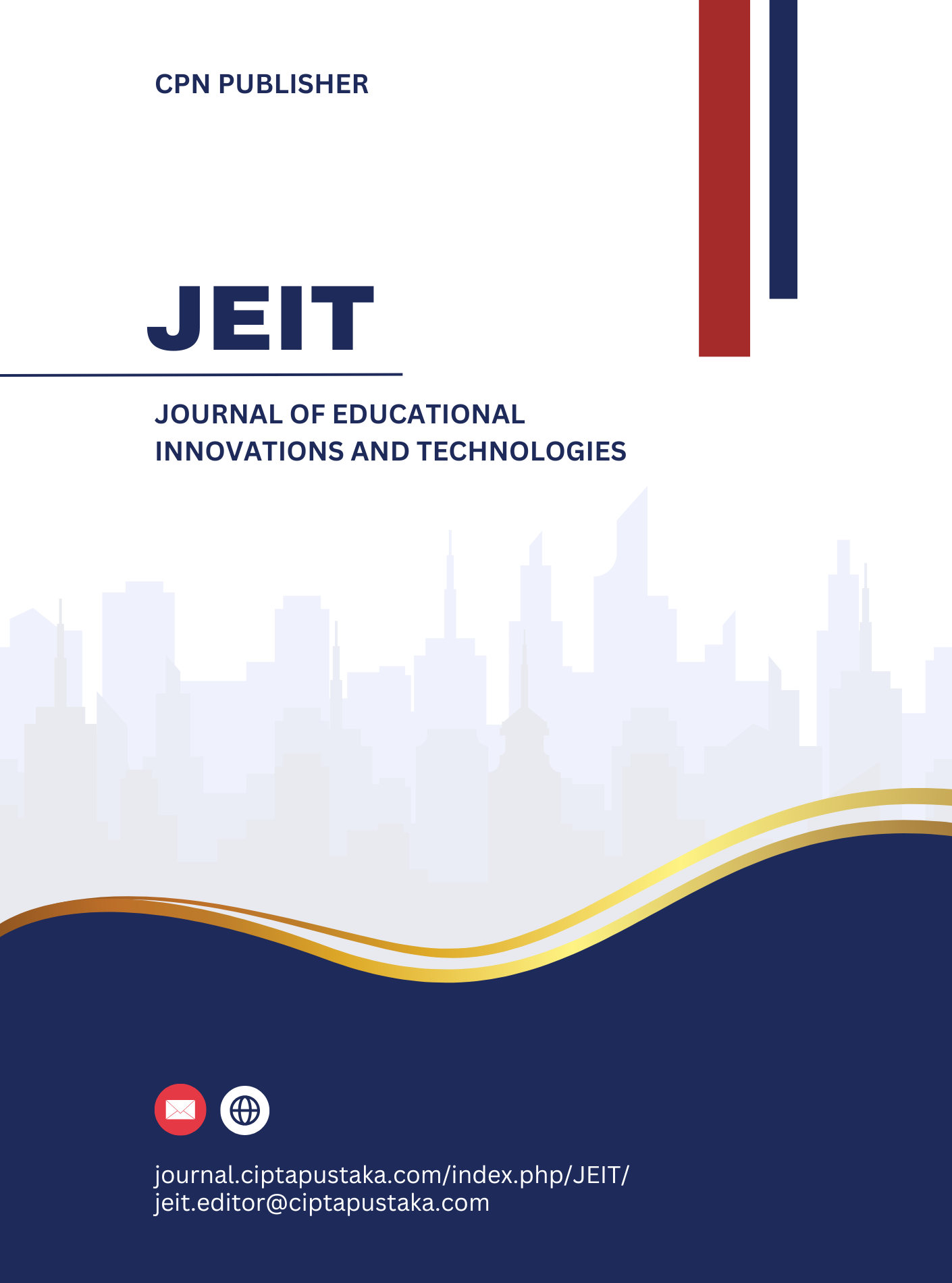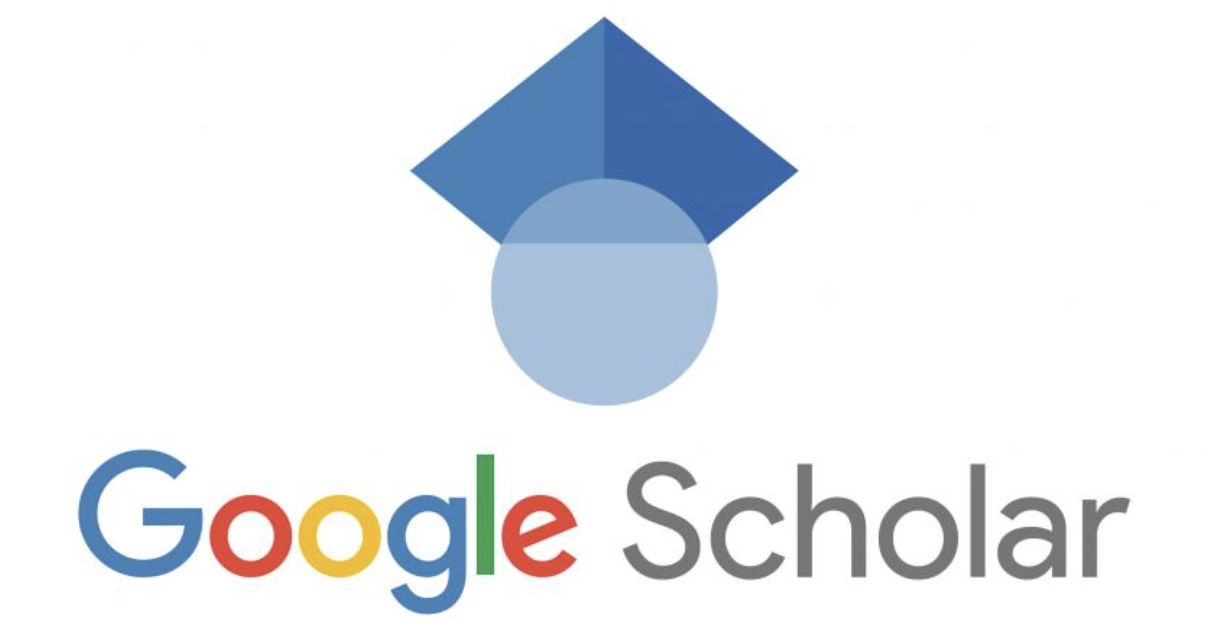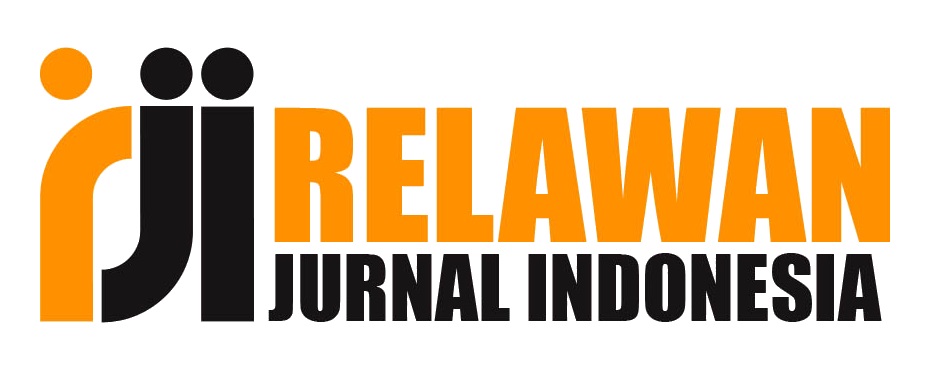Integrating Digital Literacy into Writing Instruction: Enhancing Student Engagement and Proficiency
DOI:
https://doi.org/10.63324/jeit.1.1.2025.32Keywords:
digital literacy, educational technology, higher education, student engagement, writing instructionAbstract
Digital literacy has become an essential competency in the 21st century, intersecting with various domains of education, yet its integration into writing instruction remains underexplored. Addressing this gap, the study investigates the impact of embedding digital literacy practices into writing courses at Maharishi University of Information Technology (MUIT). The goal is to enhance students' writing performance and equip them with skills for academic and professional success. Using a quasi-experimental design, the study involved 60 undergraduate students, equally divided into experimental and control groups. Participants were selected through purposive sampling to ensure comparable baseline writing skills. Data were collected over eight weeks using standardized writing tests and a rubric-based digital literacy assessment. The experimental group received digital literacy-integrated instruction, utilizing tools like Google Docs, Grammarly, and Turnitin, while the control group followed traditional methods. Descriptive and inferential statistical methods were applied for data analysis. The experimental group demonstrated significant improvements in coherence, organization, and engagement in writing compared to the control group. Cohen’s d indicated a large effect size, affirming the efficacy of digital literacy integration. Findings underscore the transformative potential of digital tools in enhancing student writing proficiency and engagement. However, challenges such as the digital divide and faculty readiness persist. These results have critical implications for policy and practice, advocating for professional development programs and equitable resource distribution. Future studies should explore long-term impacts and strategies for overcoming barriers to digital literacy integration.
References
Alakrash, H. M., & Abdul Razak, N. (2021). Technology-Based Language Learning: Investigation of Digital Technology and Digital Literacy. Sustainability, 13(21), 12304. https://doi.org/10.3390/su132112304
Bacalja, A. (2020). Digital writing in the new literacies age: Insights from an online writing community | Literacy Learning : the Middle Years. Literacy Learning: The Middle Years, 28(2), 33–43.
Cahyono, B. Y., & Rahayu, T. (2020). EFL students’ motivation in writing, writing proficiency, and gender. TEFLIN Journal - A Publication on the Teaching and Learning of English, 31(2), 162–180. https://doi.org/10.15639/teflinjournal.v31i2/162-180
Creswell, J. W. (2012). Educational research: Planning, conducting and evaluating quantitative and qualitative research. Pearson Education.
Deiniatur, M., & Cahyono, B. Y. (2024). Digital literacy practices of novice English as a foreign language teacher in writing research articles for publication. Journal of Education and Learning (EduLearn), 18(1), 165–172. https://doi.org/10.11591/edulearn.v18i1.20899
Eshet, Y., & Eshet, Y. (2004). Digital Literacy: A Conceptual Framework for Survival Skills in the Digital era. Journal of Educational Multimedia and Hypermedia, 13(1), 93–106. https://www.learntechlib.org/primary/p/4793/.
Goodwin, A. L. (2021). Teaching standards, globalisation, and conceptions of teacher professionalism. European Journal of Teacher Education, 44(1), 5–19. https://doi.org/10.1080/02619768.2020.1833855
Hastomo, T., Kholid, M. F. N., Muliyah, P., Septiyana, L., & Andewi, W. (2024). Exploring how video conferencing impacts students’ cognitive, emotional, and behavioral engagement. Journal of Educational Management and Instruction (JEMIN), 4(2), 213–225. https://doi.org/10.22515/jemin.v4i2.9335
Istiara, F., & Hastomo, T. (2023a). Exploring lecturers and administrative staffs’ strategies to hone EFL students’ digital literacy. JOALL (Journal of Applied Linguistics and Literature), 8(1), 151–172. https://doi.org/10.33369/JOALL.V8I1.25568
Istiara, F., & Hastomo, T. (2023b). The perception of elementary school teachers to online learning during the COVID-19: A case study. Jurnal Smart, 9(1), 1–14. https://doi.org/https://doi.org/10.52657/js.v9i1.1815
Marzuki, Widiati, U., Rusdin, D., Darwin, & Indrawati, I. (2023). The impact of AI writing tools on the content and organization of students’ writing: EFL teachers’ perspective. Cogent Education, 10(2), 1–17. https://doi.org/10.1080/2331186X.2023.2236469
Novokreshchennykh, I., Byachkova, V., & Firstova, M. (2022). The Experience of Using Digital Trends and Smart Technologies in Literary Studies and Teaching of World Literature. Lecture Notes in Networks and Systems, 342 LNNS, 555–559. https://doi.org/10.1007/978-3-030-89477-1_53/COVER
Oktarin, I. B., & Hastomo, T. (2024). Utilizing Critical Discourse Analysis on Developing Students’ Digital Literacy Skills: An Action Research. Premise: Journal of English Education, 13(1), 90. https://doi.org/10.24127/pj.v13i1.8758
Waziana, W., Andewi, W., Hastomo, T., & Hasbi, M. (2024). Students’ perceptions about the impact of AI chatbots on their vocabulary and grammar in EFL writing. Register Journal, 17(2), 328–362. https://doi.org/https://doi.org/10.18326/register.v17i2.352-382
Wulyani, A. N., Widiati, U., Muniroh, S., Rachmadhany, C. D., Nurlaila, N., Hanifiyah, L., & Sharif, T. I. S. T. (2024). Patterns of utilizing AI–assisted tools among EFL students: Need surveys for assessment model development. LLT Journal: A Journal on Language and Language Teaching, 27(1), 157–173. https://doi.org/10.24071/llt.v27i1.7966
Yu, S., & Liu, C. (2021). Improving student feedback literacy in academic writing: An evidence-based framework. Assessing Writing, 48, 100525. https://doi.org/10.1016/j.asw.2021.100525











